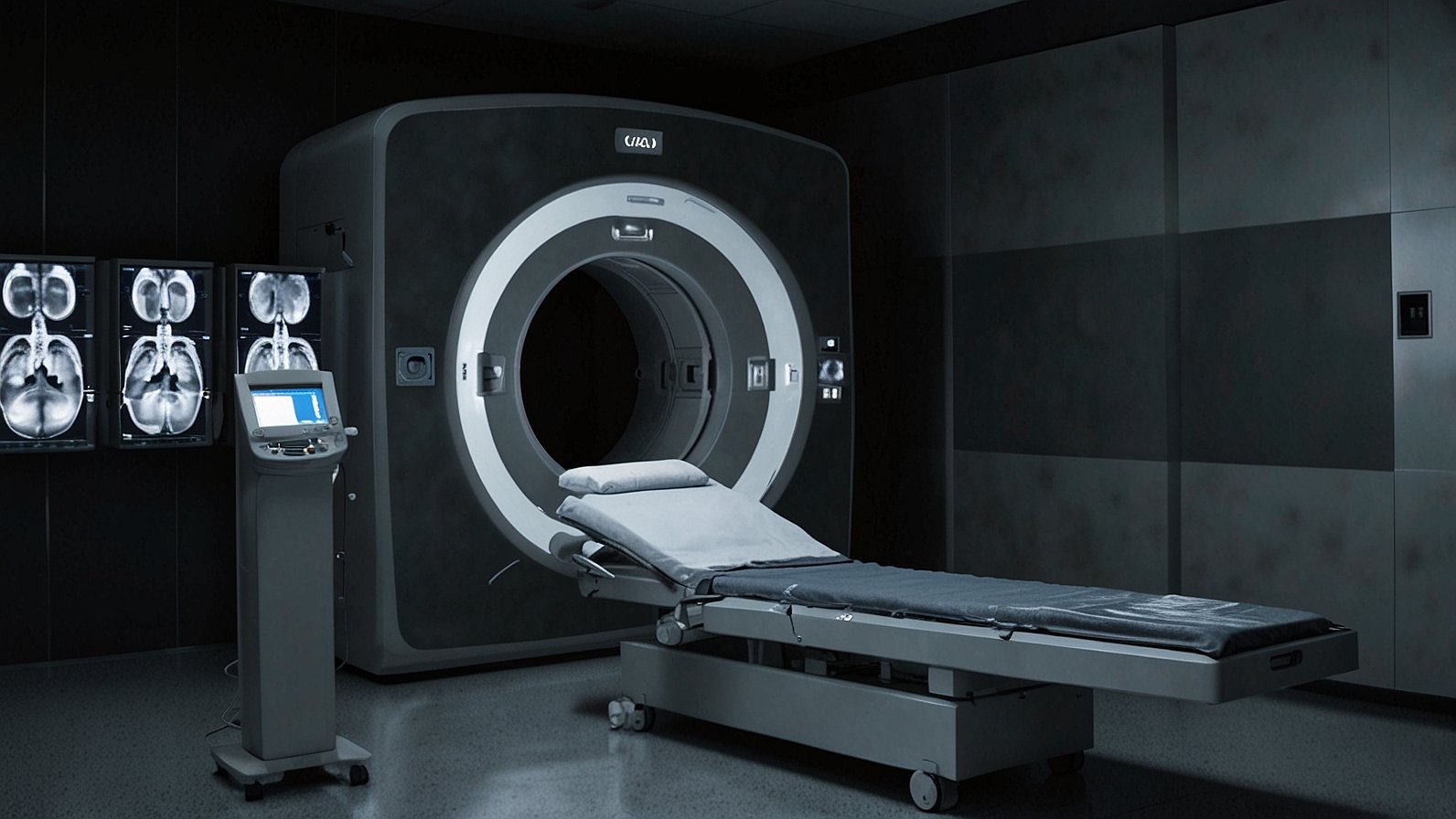Introduction to Diagnostic Imaging
Diagnostic imaging plays a crucial role in modern medicine, serving as a window into the human body. Imagine being able to see inside without any invasive procedures—this is the magic of diag image technology. From detecting fractures and tumors to guiding treatment plans, these diagnostic tools have revolutionized how healthcare providers understand health conditions. Whether you’re facing an injury or undergoing routine screening, knowing what to expect from diagnostic imaging can help ease anxiety and prepare you for the journey ahead. Let’s delve into the fascinating world of diag image, exploring its various types and their unique benefits.
What is Diag Image and How Does it Work?
Diagnostic imaging, often referred to as “diag image,” is a crucial tool in modern medicine. It allows healthcare professionals to visualize the internal structures of the body. This enables accurate diagnoses and treatment plans.
The process involves various technologies that capture images of organs, tissues, and bones. Each method uses different techniques based on what needs to be examined. X-rays utilize radiation to create images of dense structures like bones. MRIs employ strong magnets and radio waves for a detailed view of soft tissues.
CT scans combine multiple X-ray images taken from different angles, producing cross-sectional views of the body. These innovative methods help doctors identify issues efficiently and effectively without invasive procedures.
Patients can expect a straightforward experience during diag image procedures. Many techniques require minimal preparation, making them accessible for most individuals seeking medical evaluations or follow-ups.
The Different Types of Diag Image: X-ray, MRI, CT
Diagnostic imaging encompasses various techniques, each serving a unique purpose in medical evaluation. X-rays are among the most common. They provide quick images of bones and certain organs, making them invaluable for diagnosing fractures or infections.
MRI, or magnetic resonance imaging, offers detailed views of soft tissues. It uses powerful magnets and radio waves to capture intricate images of muscles, brain structures, and other internal organs. This method is crucial for assessing conditions like tumors or neurological disorders.
CT scans combine X-ray technology with computer processing to generate cross-sectional images of the body. This technique allows healthcare providers to view complex areas such as the abdomen or chest in great detail.
Each type plays its role in comprehensive diagnostics, ensuring that patients receive accurate assessments tailored to their specific needs.
Benefits and Uses of Each Type of Diag Image
X-rays are swift and cost-effective, making them ideal for diagnosing fractures or infections. They provide clear images of bones and certain tissues, helping doctors make quick decisions in emergencies.
MRIs offer detailed views of soft tissues like the brain and muscles. This imaging technique is invaluable for detecting tumors or spinal cord issues. It uses magnetic fields, so there’s no radiation exposure.
CT scans combine X-ray technology with computer processing to create cross-sectional images. These scans excel at visualizing complex internal structures, such as organs and blood vessels. They’re particularly useful in trauma cases where rapid assessment is crucial.
Each type of diag image plays a significant role in modern medicine by providing unique insights that aid diagnosis and treatment planning across various conditions.
Preparing for a Diag Image Procedure
Preparing for a Diag Image procedure is crucial for accurate results. Start by following your healthcare provider’s instructions carefully. They may ask you to avoid eating or drinking for a specific period before the exam.
Wear comfortable, loose-fitting clothing without metal fastenings like zippers or buttons. This helps reduce interference during imaging, especially with X-rays and MRIs.
If you have any allergies or are pregnant, inform your doctor beforehand. Certain procedures might require special preparations based on individual health conditions.
Also, consider bringing along someone who can support you through the process. It can ease anxiety and help clarify any questions afterward.
Take deep breaths and relax as much as possible during the scan itself. Your comfort plays an essential role in obtaining quality images that lead to better diagnosis and treatment options.
Common Misconceptions about Diag Image
Many people have misconceptions about diag image techniques. One common belief is that these imaging methods are only for diagnosing severe conditions. In reality, they play a vital role in routine health assessments and early detection of various issues.
Another myth suggests that all diagnostic imaging involves radiation exposure. While X-rays do use radiation, technologies like MRI operate using magnetic fields and radio waves, making them safer alternatives for certain cases.
Some think that diag images provide instant answers. However, interpreting the results often requires time and expertise from radiologists to ensure accuracy before conveying findings to physicians.
Many assume these procedures are painful or uncomfortable. Most patients report minimal discomfort during an MRI or CT scan compared to other medical tests, reminding us of the importance of clear communication with healthcare providers regarding any concerns.
Conclusion
Diagnostic imaging, often referred to as diag image, plays a pivotal role in modern medicine. Its ability to visualize the inner workings of the human body has transformed how healthcare professionals diagnose and treat various conditions. Understanding the different types—X-ray, MRI, and CT—can enhance your knowledge and help you make informed decisions about your health.
Each type of diag image offers unique benefits tailored to specific medical needs. From evaluating bone fractures with X-rays to detailed soft tissue analysis via MRIs or rapid cross-sectional views provided by CT scans, these imaging techniques are invaluable tools in clinical diagnostics.
Preparation for a diag image procedure is straightforward but essential for accurate results. Knowing what to expect can alleviate anxiety and ensure everything goes smoothly. Debunking common misconceptions surrounding diagnostic imaging also helps demystify this critical component of healthcare.
As technology evolves, so do the capabilities of diag images, leading us into an era where diagnosis becomes faster and more precise than ever before. Embracing these advancements could ultimately lead to better outcomes in patient care.
You May Also Like: www feedbuzzard com: Latest Tech, News and Trending Stories
